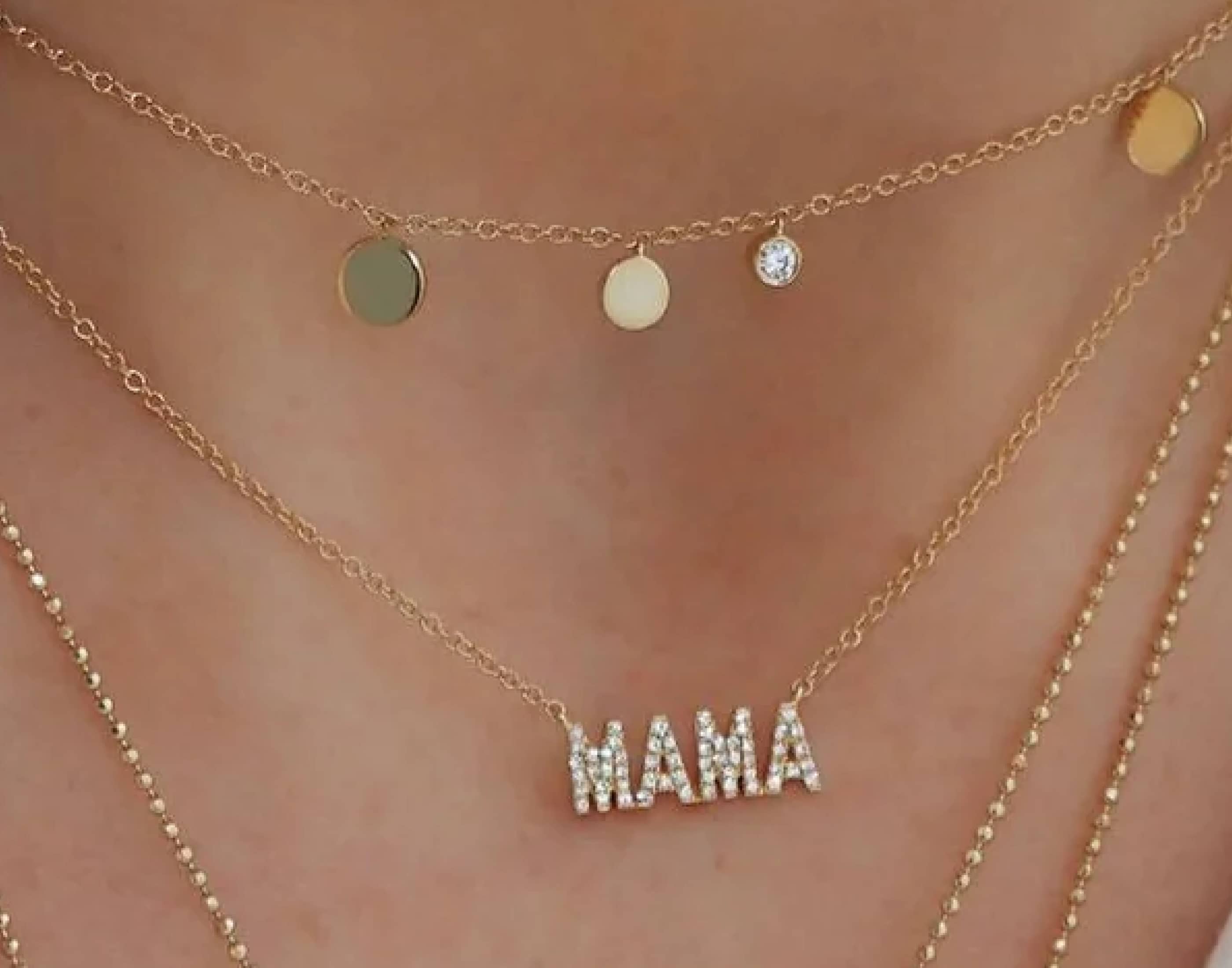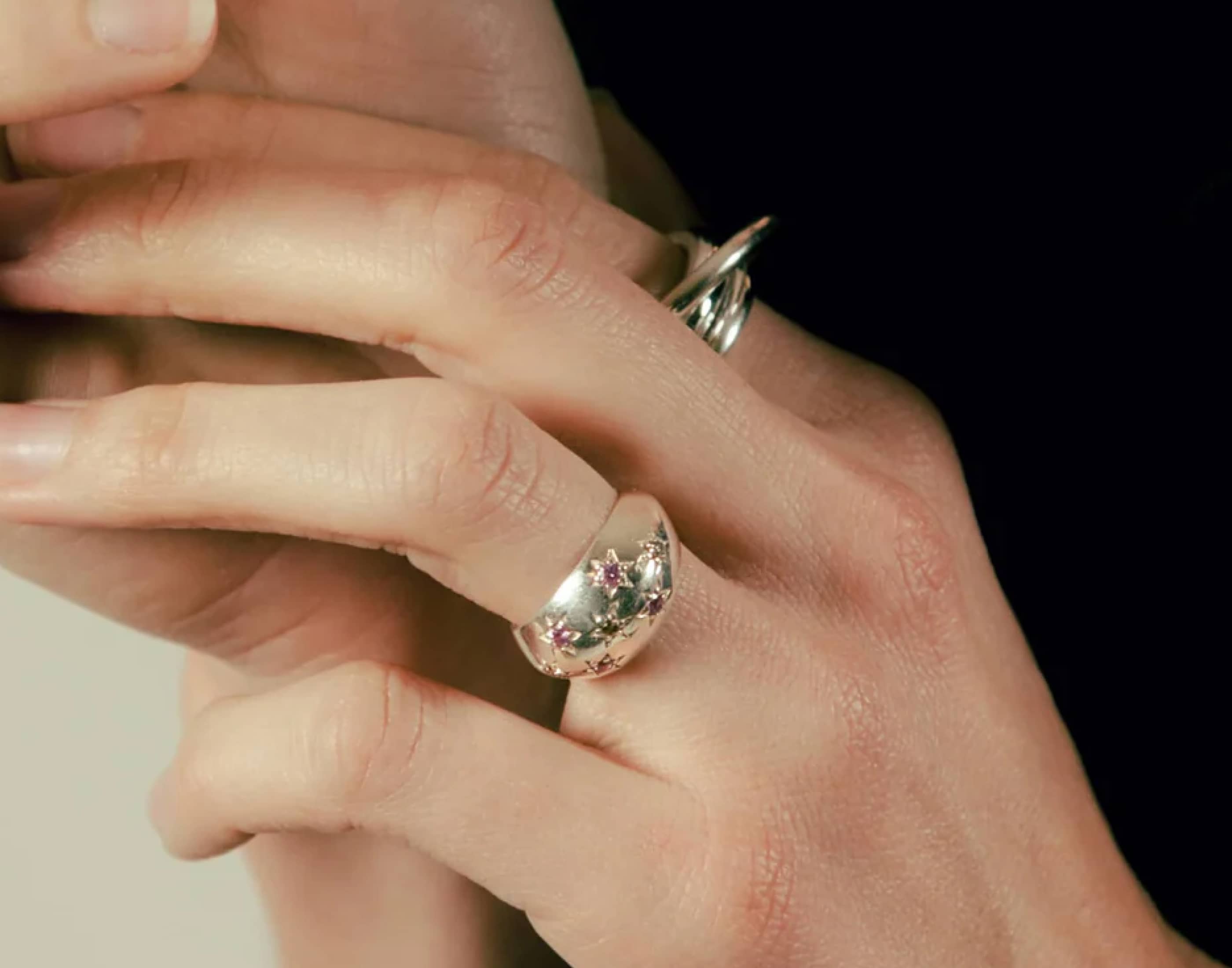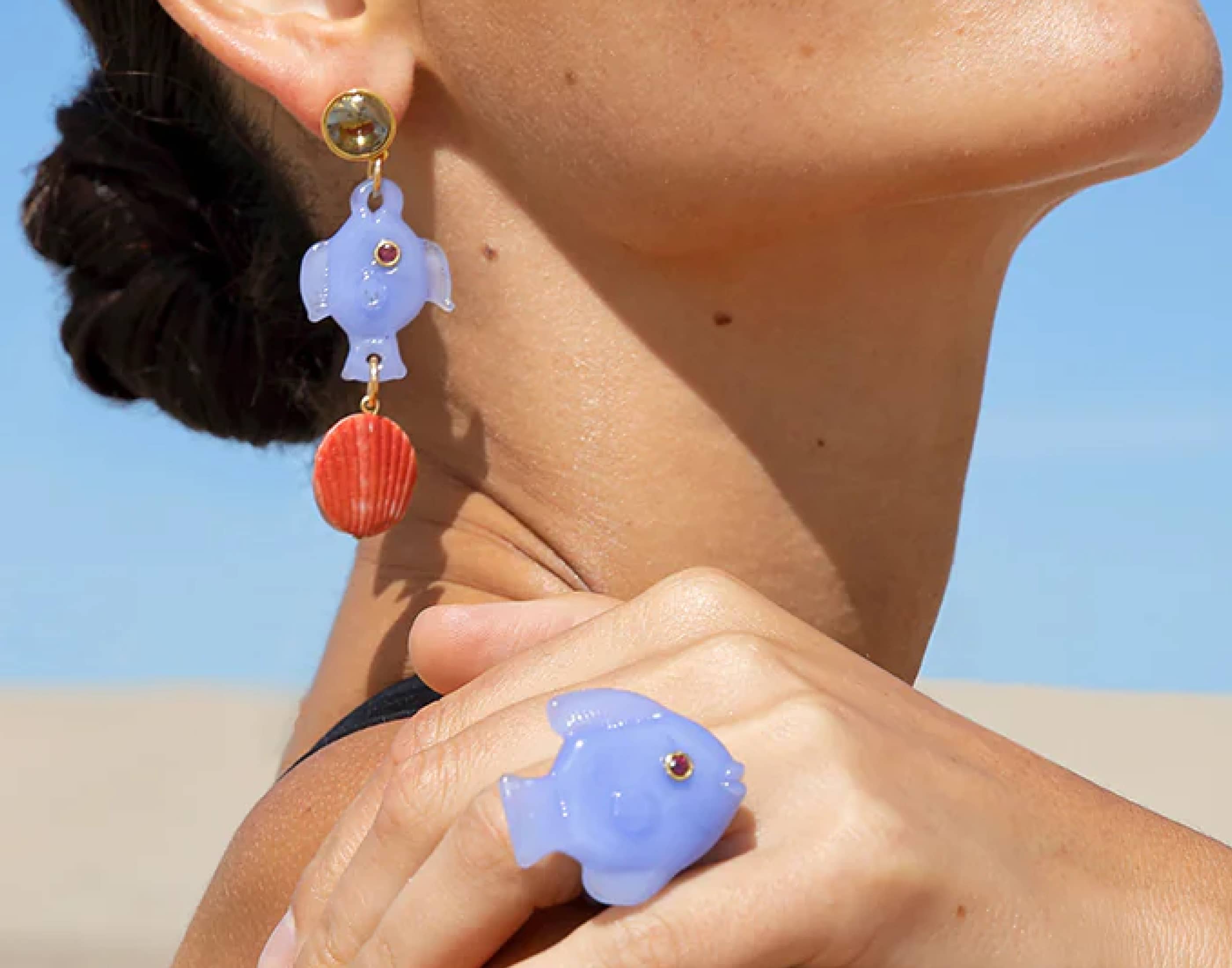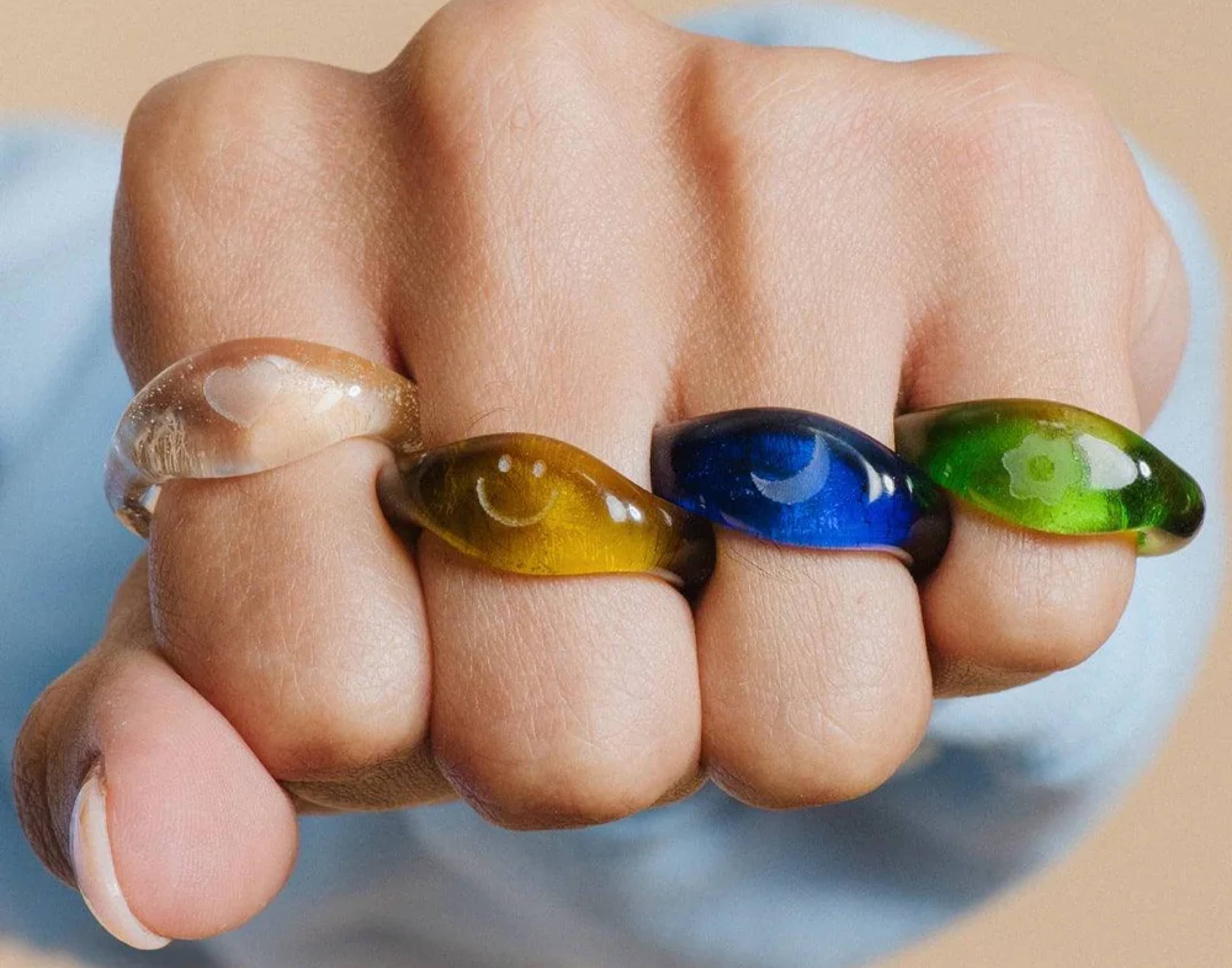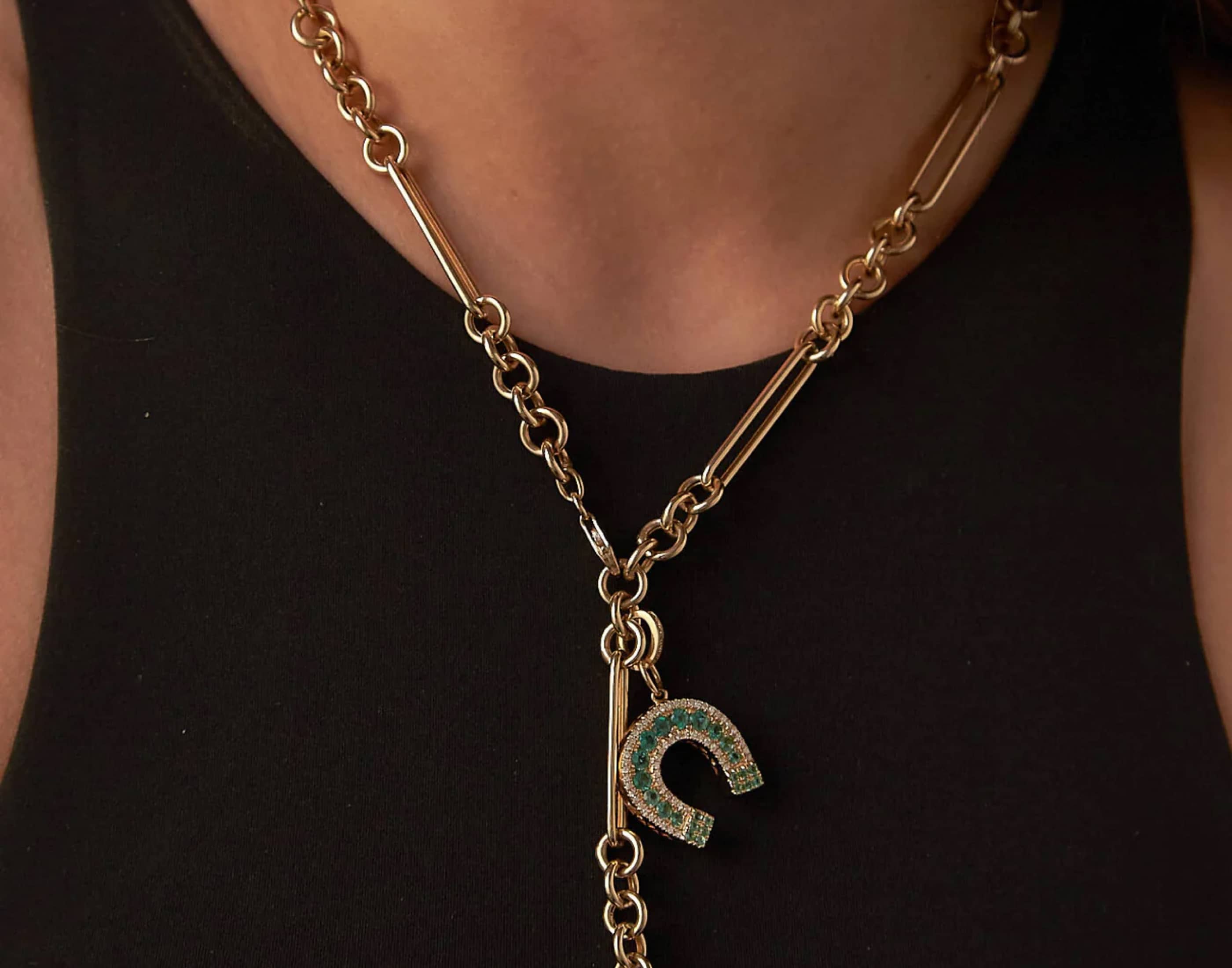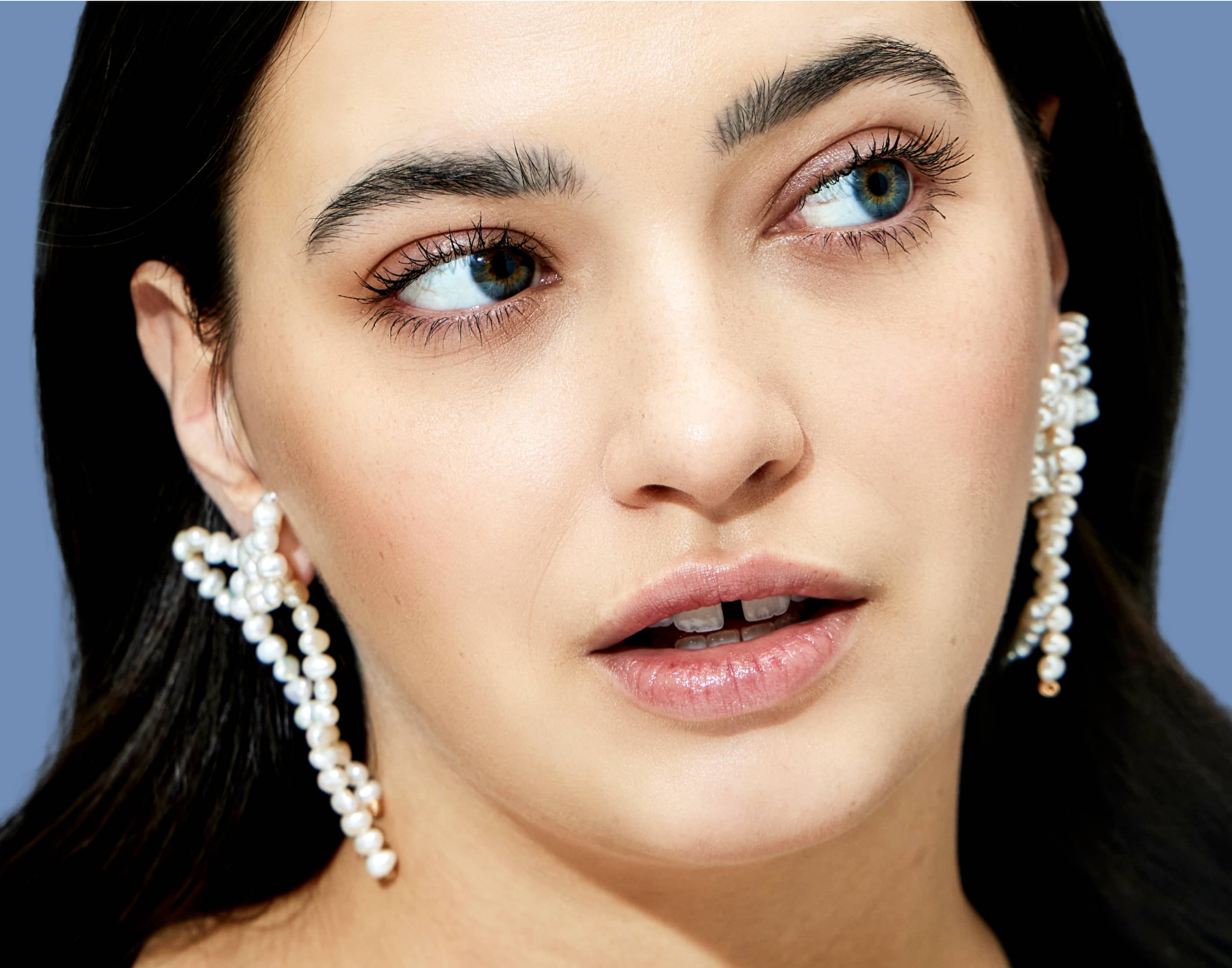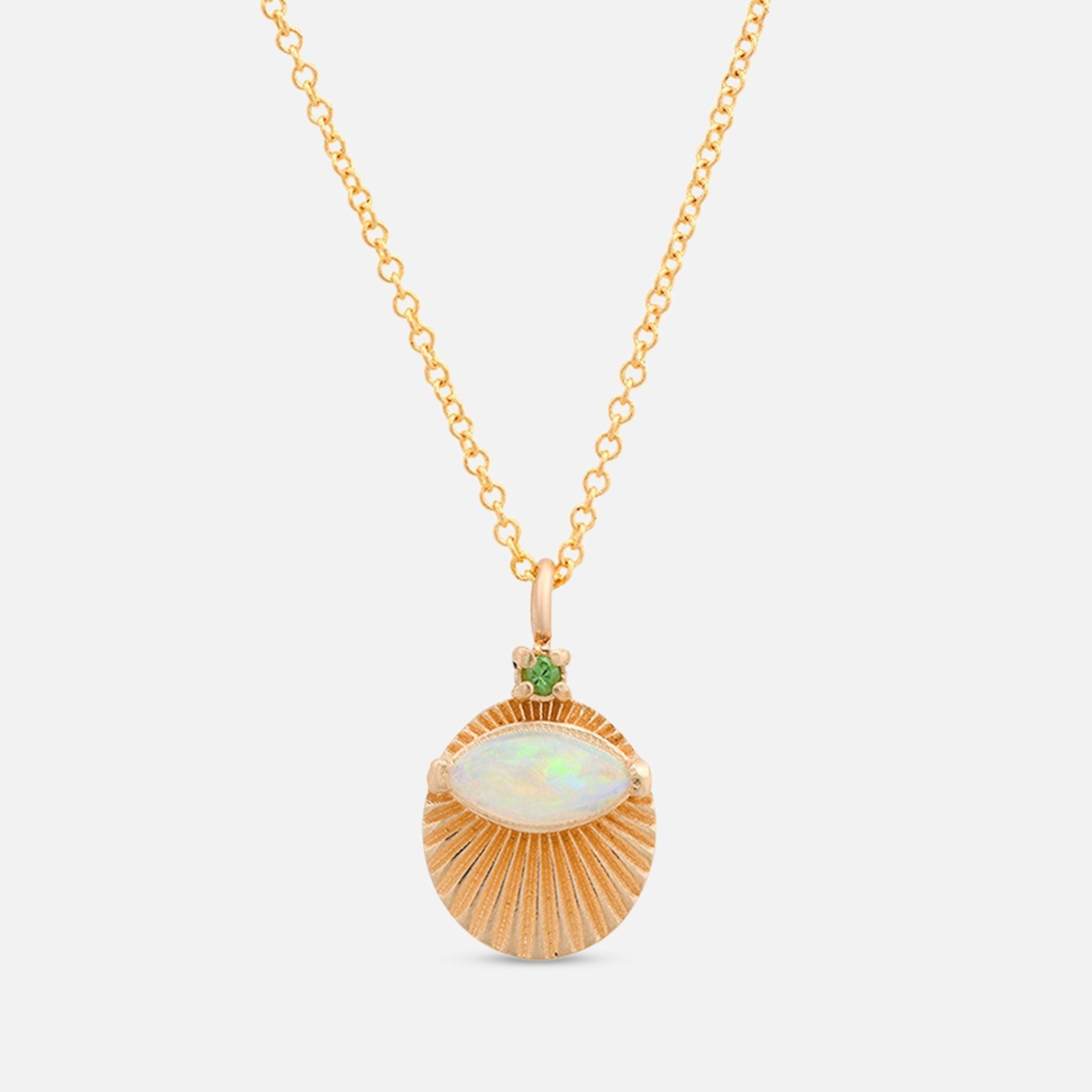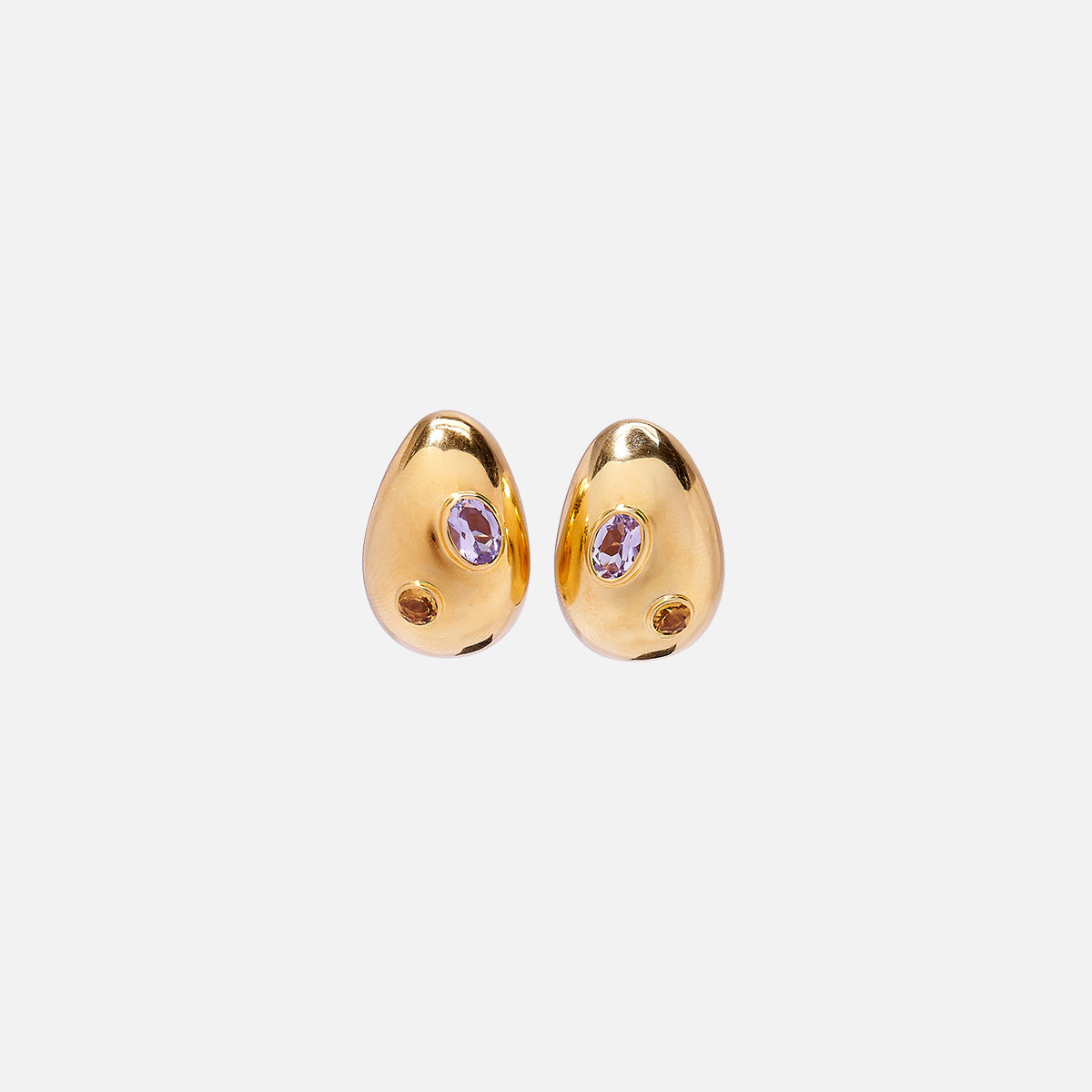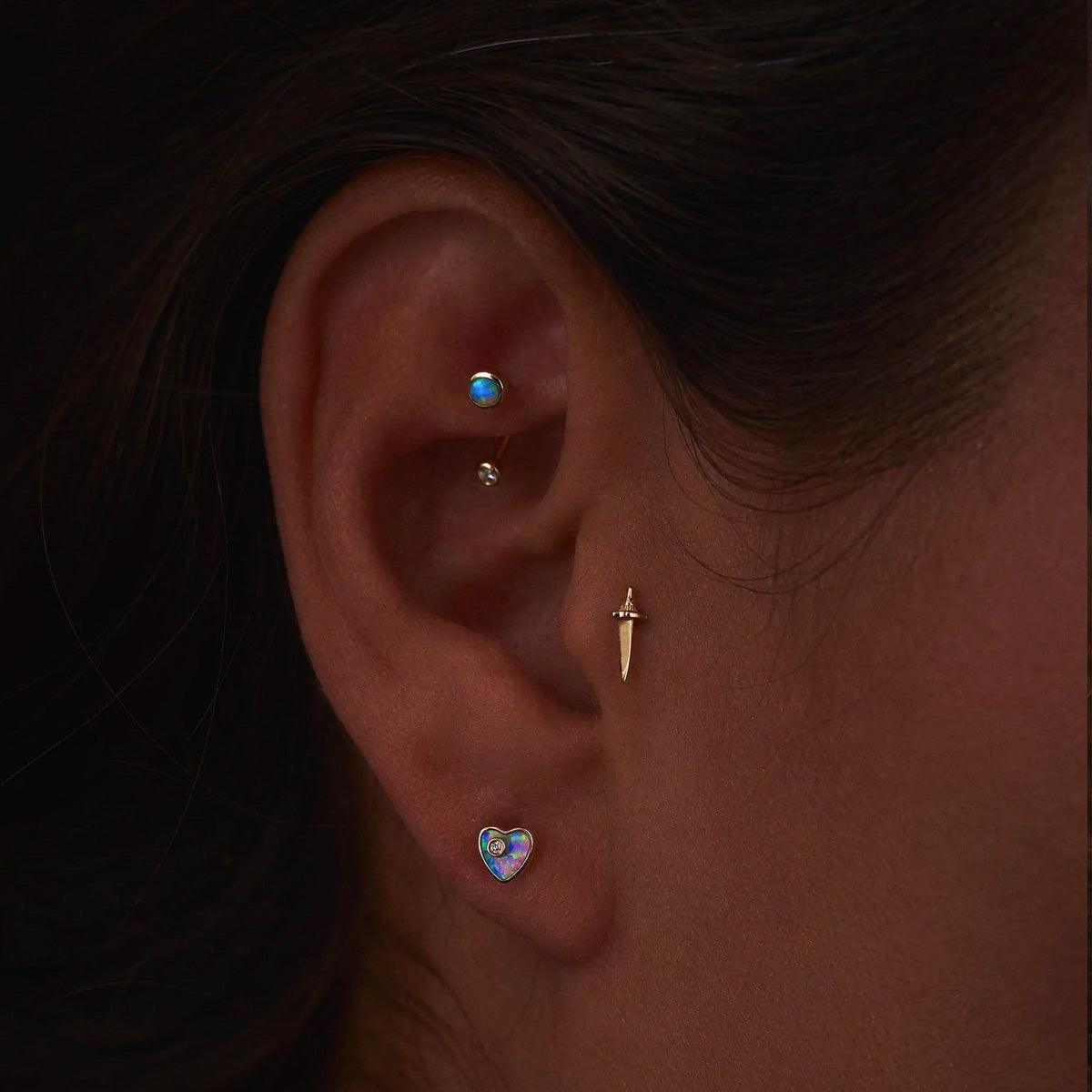You've probably seen them—those big, hoop earrings that hug the outer rim of the ear. They're called conch piercings, and they're a great addition to the piercings you already have.
There are a ton of different options to choose from when it comes to body piercings. From your standard lobe piercing to more exotic choices like snake bites, each person's body is unique and deserves its own personalized piercing.
While some people may be satisfied with a basic ear piercing, others look for something a little more unique. That's where the conch piercing comes in.
From the basics of what a conch piercing is to aftercare instructions, we'll have you clued in on all there is to know about this trendy piercing.
So if you're considering getting a conch piercing or are just curious about what they're all about, here's everything you need to know.
What Is a Conch Piercing?
A conch piercing is a type of ear piercing that goes through the center cartilage of the ear. It gets its name from the shape of the ear, which resembles a conch shell.
There are two types of conch piercings—inner and outer. As you might have guessed, an inner conch piercing is placed in the center of the ear, while an outer conch piercing is placed on the ear's outer rim.
Both types of piercings are equally popular, so it comes down to personal preference. If you want your piercing to be more visible, then an outer conch piercing is the way to go. Inner conch piercings are a little more subtle and easier to hide if you need to for work or other professional settings.
No matter which type of conch piercing you choose, the placement is always in the center of the ear. So, if you're looking for a piercing that's a little off the beaten path, then a conch piercing is definitely for you.
What Type of Jewelry should I Use for My Conch Piercing?
The type of jewelry you choose for your conch piercing is totally up to you. The most popular choice is a captive bead ring (CBR), but you can also choose from barbells, labret studs, and more.
Depending on the placement of your piercing, some jewelry styles may be more comfortable than others.
For example, inner conch piercings are often done with barbells because they put less pressure on the delicate inner cartilage of the ear. And outer conch piercings are mostly done with captive bead rings as they tend to heal better in this location.
Whatever type of jewelry you choose, make sure that it's made from high-quality materials like surgical steel, titanium, or gold. Steer clear of cheap metals like nickel, which can cause irritation and infection.
What Type of Jewelry Material Is Best For A Conch Piercing?
The best jewelry material for conch piercings is titanium. It’s a little pricey but it’s hypoallergenic, meaning it’s unlikely to cause an allergic reaction. When on a budget, stainless steel is the next best choice. Surgical stainless steel is also great for piercings but some people can be allergic to the trace amount of nickel in stainless steel. Looking to splurge? 14K gold is also hypoallergenic and a good choice for most earrings.
Overall, the best material for you is one that falls within your budget and does not cause any adverse reactions to your skin. If you suspect that you have a nickel allergy, I recommend titanium.
Possible Benefits of A Conch Piercing
Conch piercings are mainly done for aesthetic purposes. Some people claim conch piercings can reduce the frequency of headaches, migraines, and chronic pain. It’s also rumored to improve muscle relaxation due to the conch being a pressure spot used in acupuncture. Another possible health benefit is reducing anxiety.
However, there is little scientific evidence to back up those claims. Regardless of the lack of evidence, many people swear that conch piercings offer health benefits. Generally, it’s best not to get a piercing for the sole purpose of testing these theories.
The main benefit of a conch piercing is its versatility. A wide range of jewelry can be used in a conch piercing such as barbells, hoops, studs, and rings. The location is also easy to access which makes changing and cleaning conch-piercing jewelry a breeze. Overall, conch piercings look great and you can style them with all kinds of jewelry!
What Are the Risks of Getting a Conch Piercing?
As with any piercing, there are always risks involved. Between the pain of the piercing itself and the risk of infection, weighing all the pros and cons before you take the plunge is essential.
Here are some of the risks associated with conch piercings:
Pain: Conch piercings can be really painful. The cartilage in this part of the ear is quite thick, so it takes a little longer to heal.
Infection: Because conch piercings go through thick cartilage, they're more susceptible to infection. Make sure you clean your piercing regularly with a saline solution to help prevent infection.
Rejection: Rejection occurs when your body tries to push the jewelry out of the piercing. So, if you notice that your piercing is getting longer or shorter, it's probably because your body is rejecting the jewelry.
Scarring: Scarring is another common complication of conch piercings. The good news is that most scars will fade over time, but some may be permanent.
How Much Does a Conch Piercing Cost?
The cost of a conch piercing will vary depending on the studio you go to, the jewelry you choose, and your location. Generally speaking, you can expect to pay anywhere from $30 to $90 for a conch piercing.
If you're on a budget, there are a few ways to save money on your piercing. They include:
Asking for a discount: Many studios offer discounts for students, military personnel, and seniors. So, if you fall into one of these categories, ask for a deal.
Bringing your own jewelry: You can save a lot of money by bringing your jewelry to the studio. Just make sure it's made from high-quality materials like surgical steel, titanium, or gold.
Checking for specials: Specials and promotions are a great way to save money on your piercing. Always check the studio's website or social media pages to see if they're running any specials.
Conch Piercing Pain and Healing Time
Since the conch is located in the center of the ear, the piercing has to penetrate a significant amount of cartilage. Thick cartilage is more painful to pierce.
Generally, a conch piercing is painful. Most people will rate the pain in the 7 - 8 range. The level of pain varies from person to person and individual pain tolerance.
Professional artists will try to minimize the pain as much as possible. Conch piercings done with a dermal punch are significantly more painful. It’s normal to experience hot and throbbing pain immediately after the procedure. The pain should fade after a few hours, being replaced with dull pain.
As for healing time, it takes between 3 to 12 months for a conch piercing to completely heal. When a strict aftercare routine is followed, the healing time can be reduced. In most cases, a conch piercing can be completely healed within 9 months.
You can tell when a piercing has healed when you can move the jewelry without experiencing pain. The area also should not be red or swollen. If the piercing is still tender to the touch, it needs more time to heal. Continue with your aftercare routine and it should be healed soon.
Conch Piercing Aftercare
To prevent infections and complications, it’s important to follow a strict conch piercing aftercare routine. Your piercer artist should recommend an aftercare routine and provide any needed supplies.
Generally, a conch piercing should be cleaned twice a day with a saline solution. Before you clean the piercing, make sure to thoroughly wash and disinfect your hands. You can use a Q-Tip dipped in a saline solution to gently clean the piercing and surrounding areas.
Do not use soap to clean your conch piercing because it can irritate the tender area. It’s also not a good idea to remove the jewelry until the piercing has completely healed. You should also wait until the piercing has healed before wearing headphones or earplugs.
How To Change Out A Conch Piercing
Before you change out a conch piercing disinfect your hands and make sure the piercing is totally healed. The exact steps to change out a conch piercing depends on the type of jewelry.
The most common type of conch jewelry is a barbell. To remove a barbell conch piercing, unscrew the ball end and then pull the piercing through your ear from behind. To get a good grip on the ball screw, use a tissue or surgical gloves. It’s also a good idea to tilt your head so that your ear is pointing to the ground.
When the old jewelry is out, clean the area with a saline solution. Insert your new jewelry and fasten any ball screws as needed. Hoop conch piercings only need to be inserted and then rotated to the correct position.

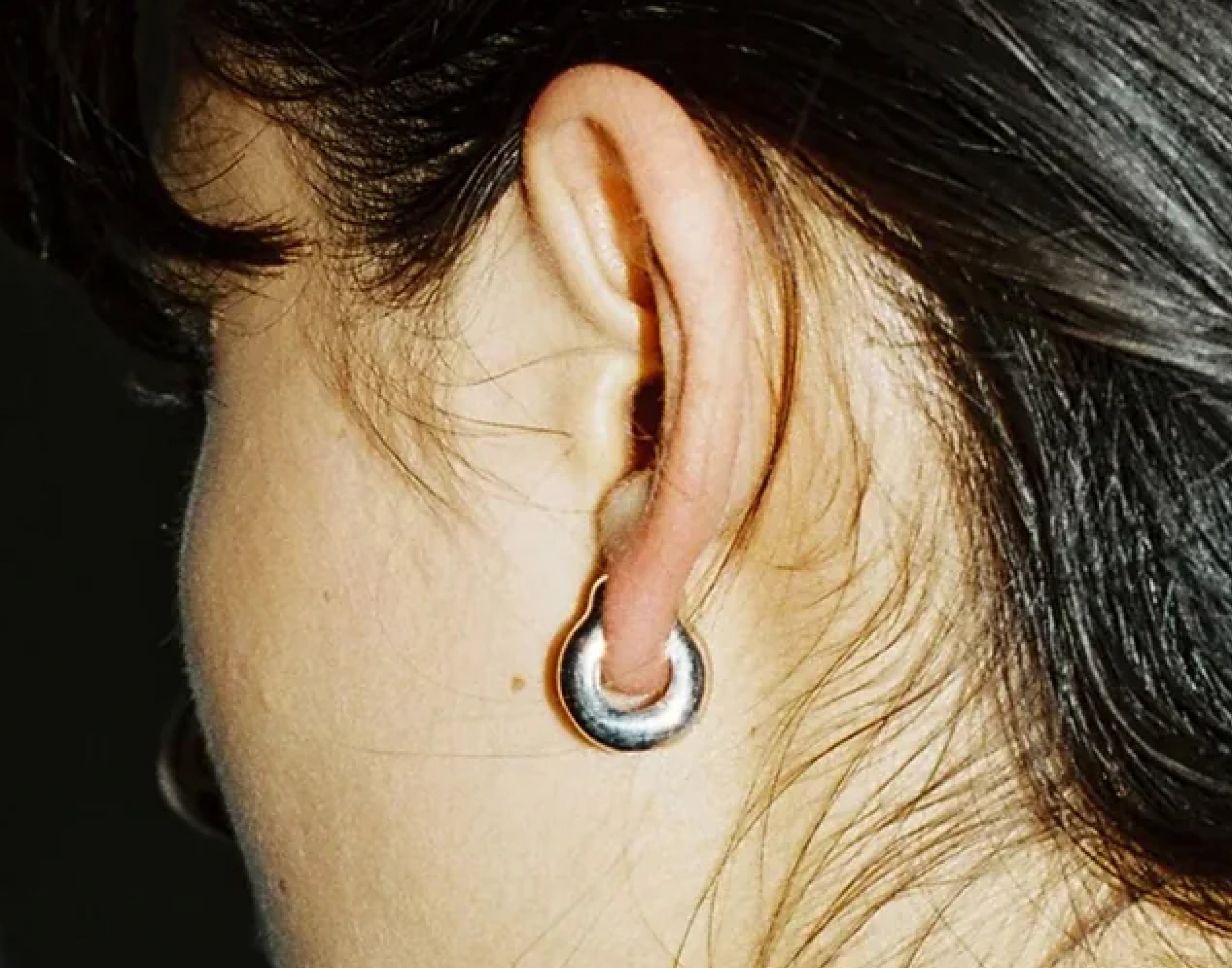 Ready to Ship
Ready to Ship
 Necklaces
Necklaces
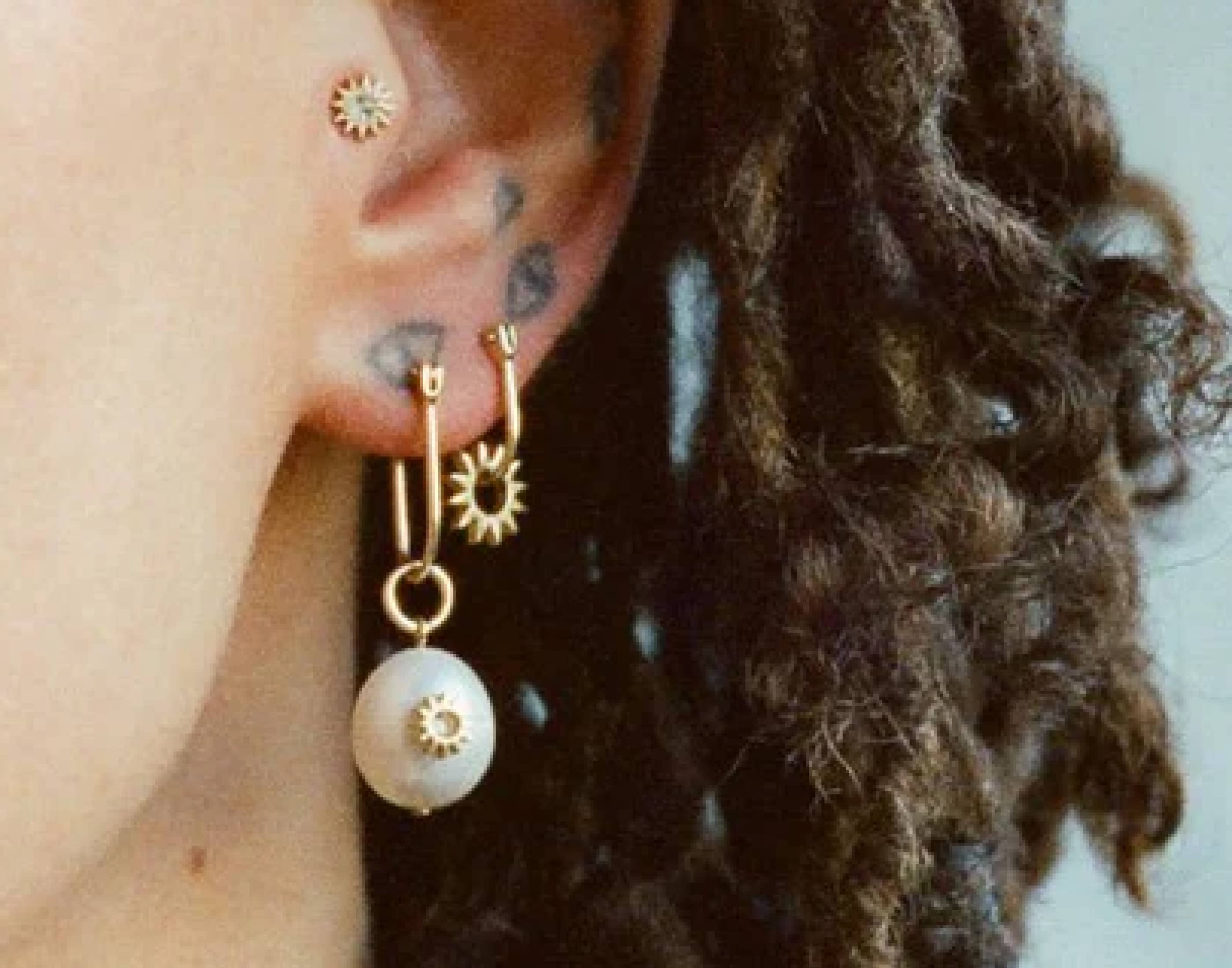 Earrings
Earrings
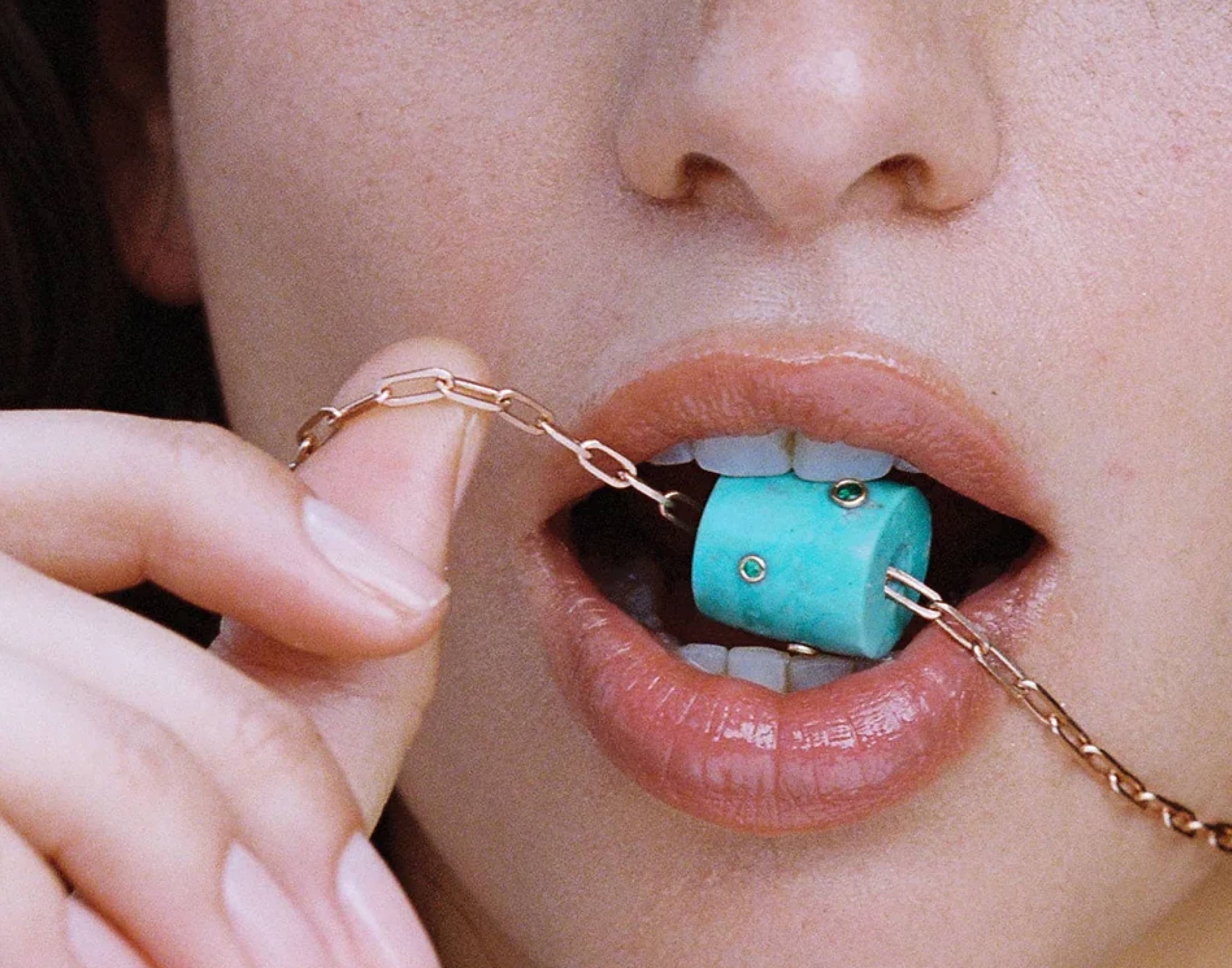 Charms & Pendants
Charms & Pendants
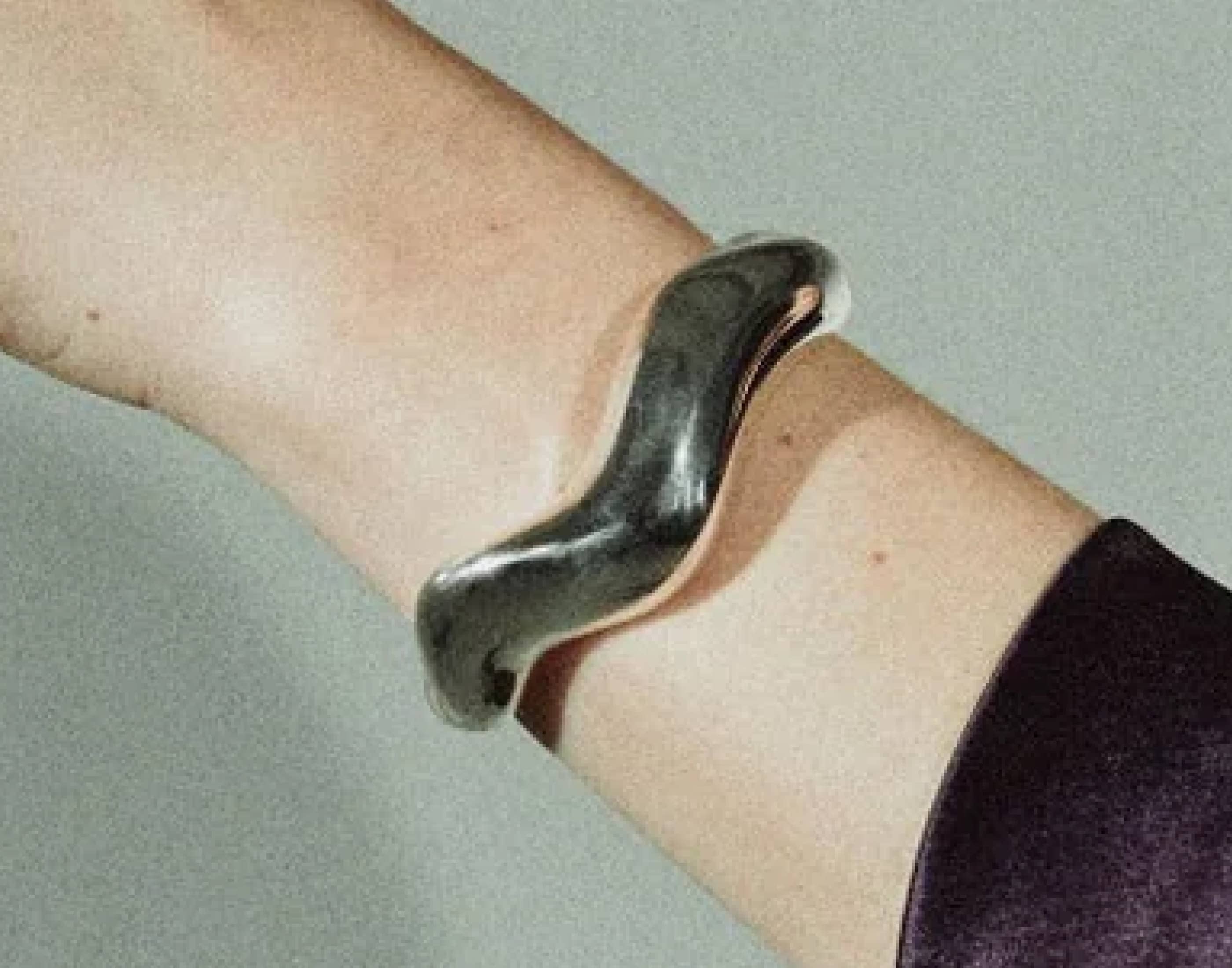 Bracelets
Bracelets
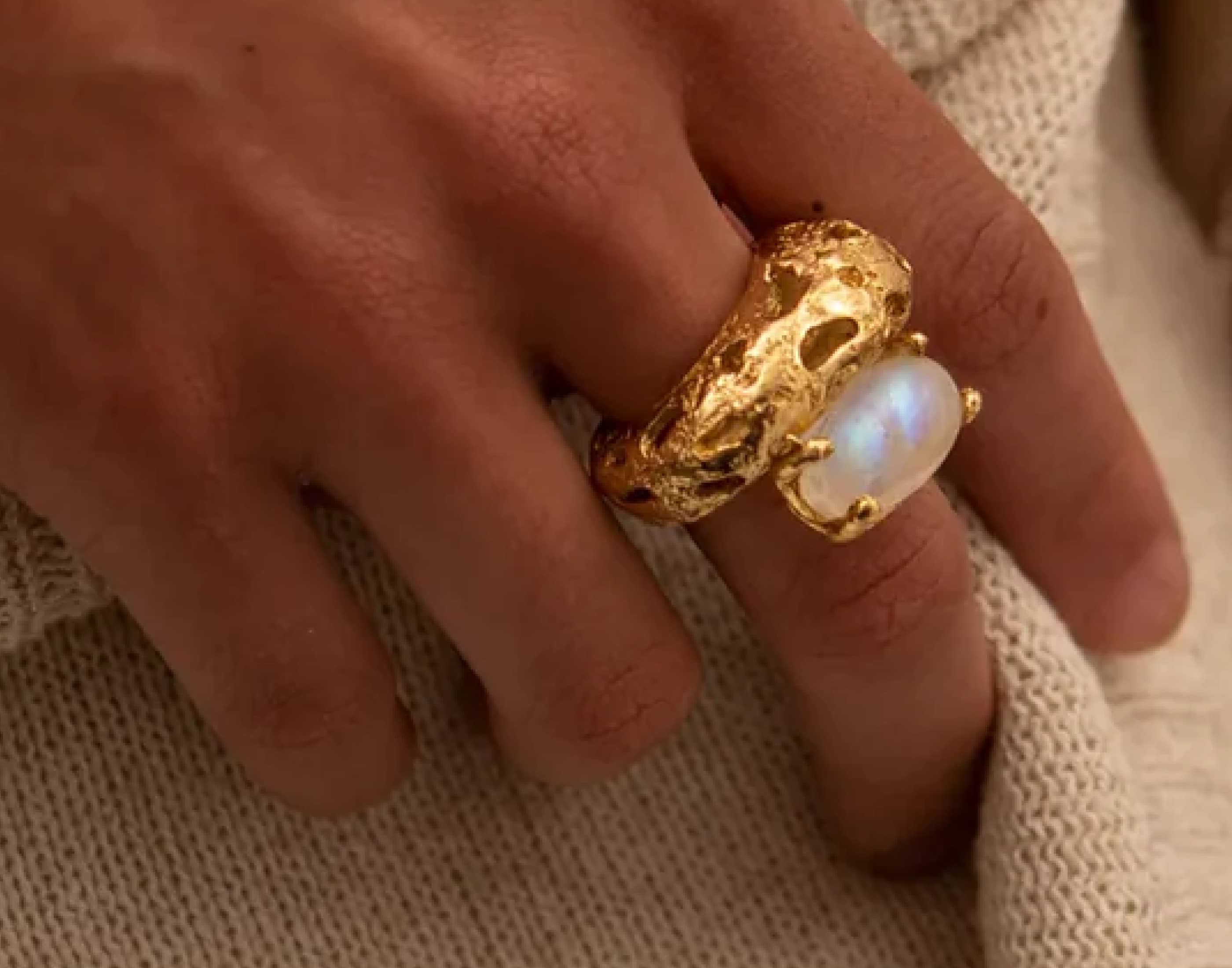 Rings
Rings
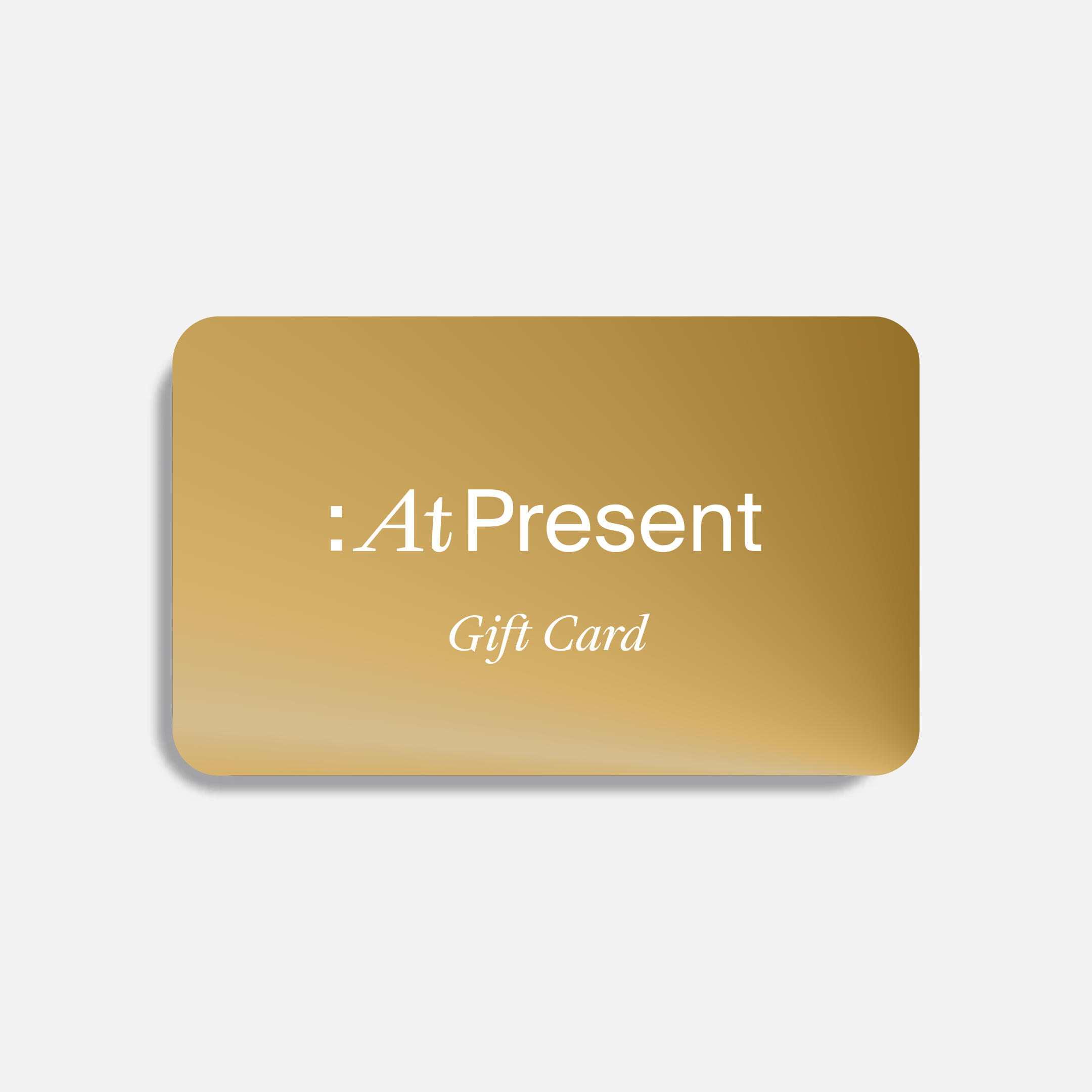 Gift Card
Gift Card
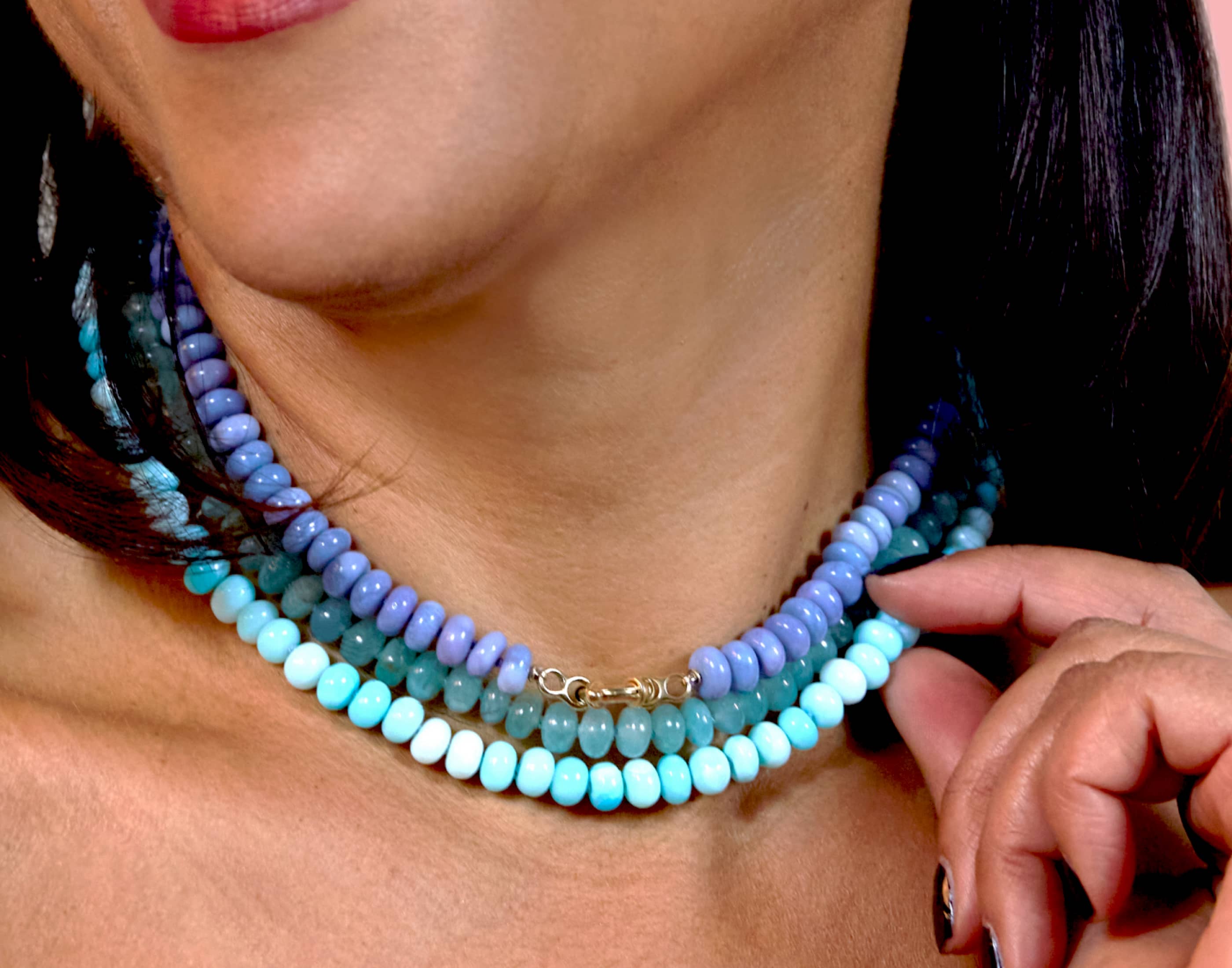 Pre-Order
Pre-Order
 Exclusive to AP
Exclusive to AP


